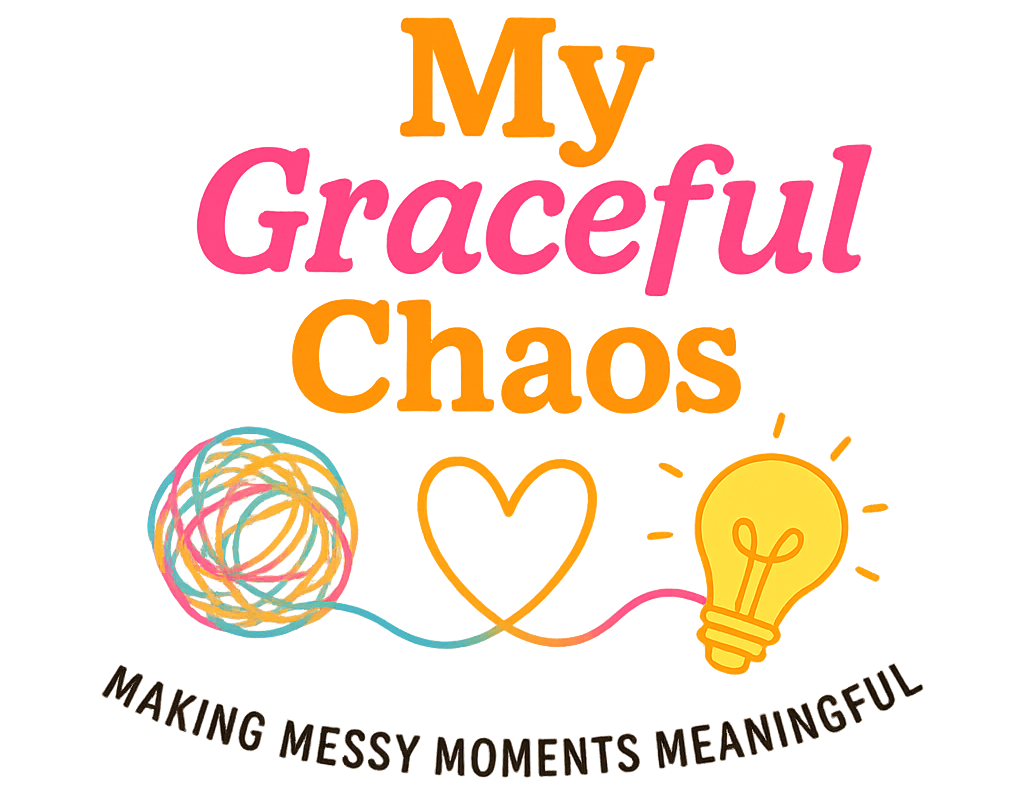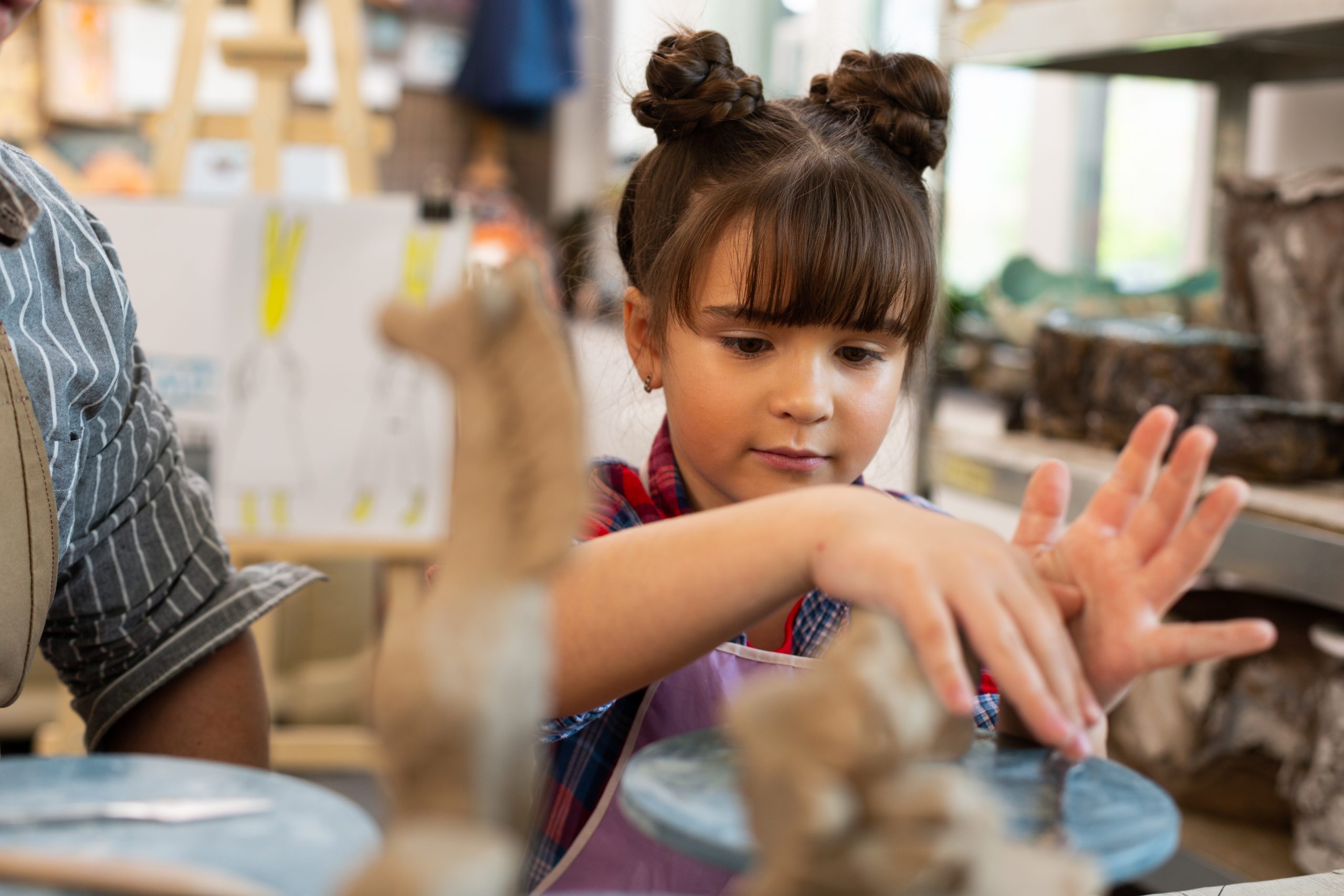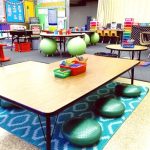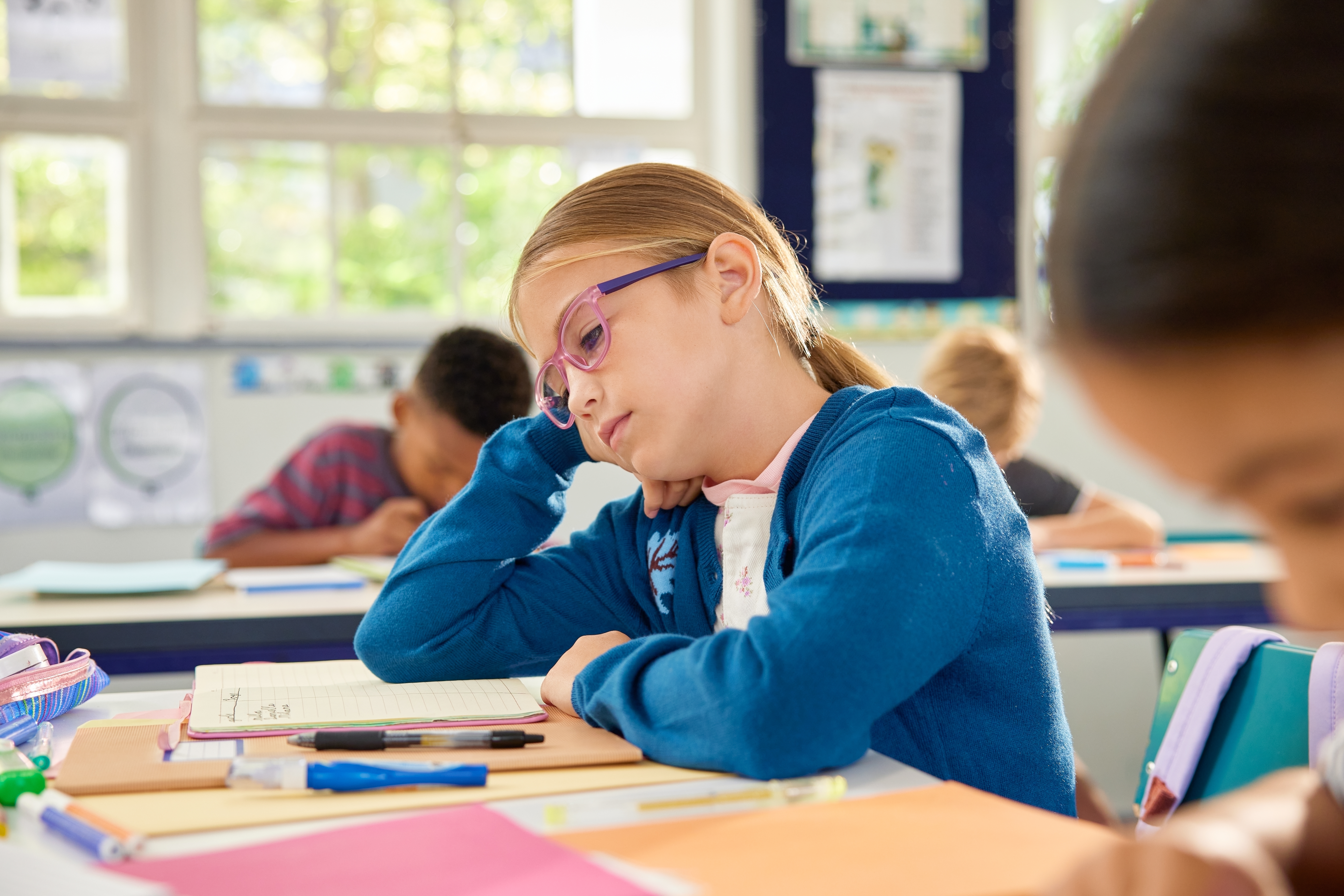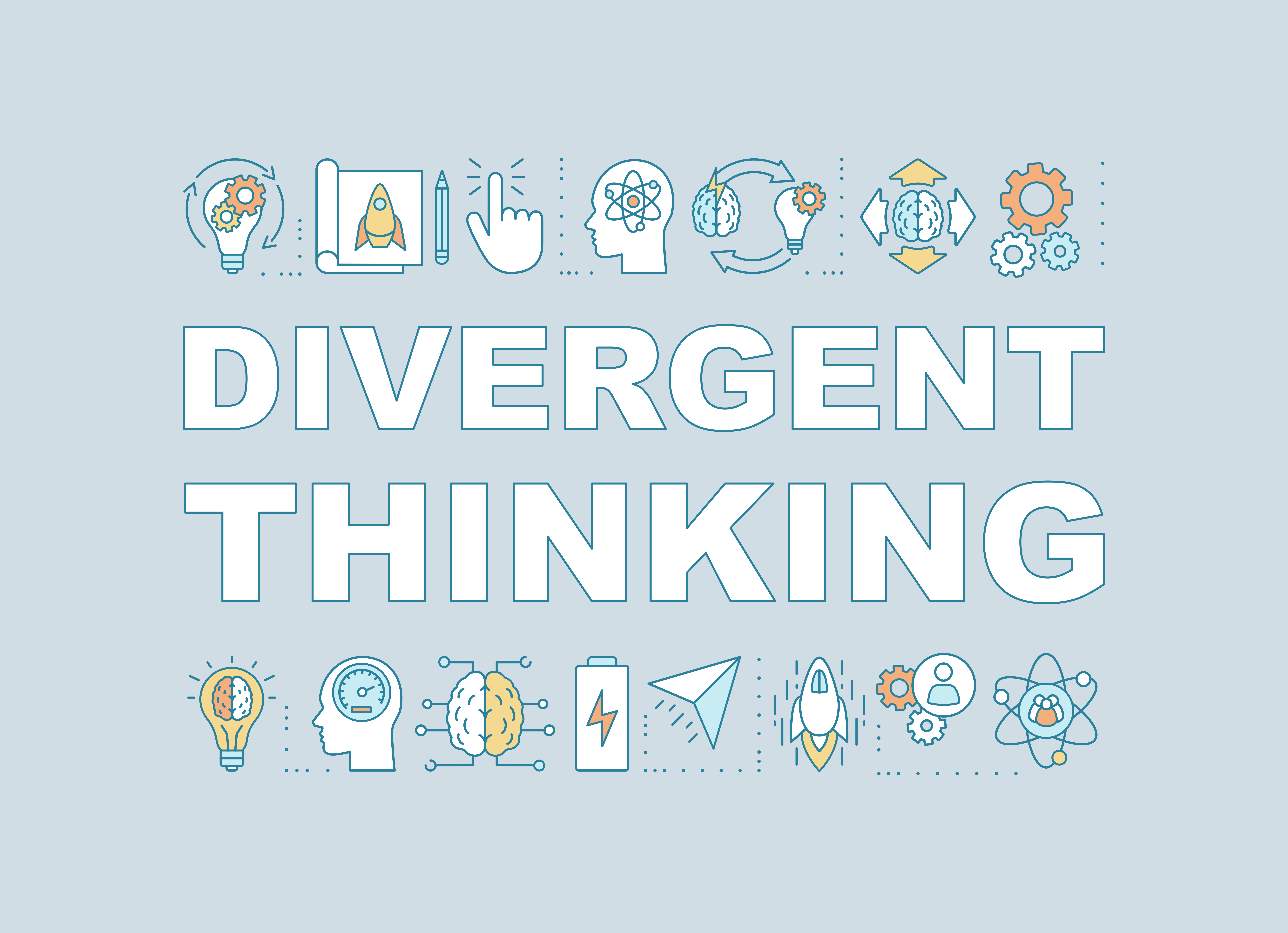When we think of childhood, we often imagine a time of gentle guidance, safety nets, and celebration of every success—big or small. As parents and educators, our instinct is to protect, to catch, to prevent the stumbles. But what if one of the most powerful ways to help children grow is to let them fail—on purpose?
Failure feels counterintuitive to everything we believe about nurturing children. Yet, research and real-world experience show that safe, purposeful failure can cultivate resilience, critical thinking, and a sense of ownership that no amount of hand-holding ever will.
The Value of Failure
Failure isn’t the opposite of success—it’s the path to it.
Every time a child’s tower of blocks collapses, or their science experiment doesn’t work, or they get a disappointing grade despite their best efforts, they are handed a critical opportunity: the chance to learn what went wrong, to recalibrate, and to try again.
Too often, we unintentionally rob children of this opportunity. We swoop in to fix the problem, solve the puzzle, or smooth over disappointment. Over time, this teaches them to avoid risk and expect rescue. When kids don’t experience failure, they don’t learn that they can recover from it—and they don’t learn that failing isn’t fatal. This applies both to life skill experiences and lessons learned from those experiences as well as academic failures.
However, the problem with actually letting our kids fail lies with this obsession that the education system and society as a whole has placed on “grades” and “percentages”, “scores”, etc. From the earliest years of schooling, children are conditioned to believe that their worth and potential are measured by a number or a letter. A missed question becomes a red mark. A low grade becomes a label. And over time, the fear of not meeting these benchmarks suffocates curiosity and risk-taking.
Failure, which should be a natural part of learning, is turned into something to be avoided at all costs. Instead of seeing mistakes as information—feedback that guides growth—students are taught to see them as evidence that they aren’t smart enough or capable enough.
This culture of quantifying learning discourages experimentation and creativity. Kids don’t want to try new things if there’s a chance they’ll fall short of perfection. They avoid challenges because they’re afraid of how a misstep will look on a report card or transcript.
And when every point is weighed so heavily, the process of learning becomes transactional. Children start to ask, “Will this be on the test?” or “How many points is this worth?” instead of, “What can I learn from this?”
True growth requires the freedom to fail safely. It requires an environment where mistakes are normalized as stepping stones, not scarlet letters. But as long as we cling to rigid metrics as the ultimate indicators of success, we deprive our kids of the most important lessons—resilience, reflection, and the confidence to try again.
Failing on Purpose: What Does It Look Like?
Failing on purpose doesn’t mean setting kids up for humiliation or overwhelming them with challenges beyond their developmental readiness. It means intentionally creating environments where:
✅ They face problems with multiple possible outcomes—not just one right answer.
✅ They are encouraged to experiment and take calculated risks.
✅ Support is available, but solutions aren’t handed to them.
✅ Reflection and revision are built into the process.
For example:
Letting them plan a lemonade stand, even if you suspect it won’t break even.
Allowing them to attempt a tricky recipe without stepping in to measure every ingredient.
Encouraging them to try out for the team or audition for the play, even if they might not be chosen.
The goal isn’t for them to feel defeated—it’s to normalize the cycle of try-fail-reflect-adjust-succeed.
The Benefits of Failing on Purpose
Here are some of the most important lifelong skills kids develop when they are allowed to fail and learn from it:
1. Resilience and Grit
Kids who experience safe failure learn that setbacks are temporary. They practice picking themselves up and trying again—a mindset that will serve them in every part of life.
2. Problem-Solving
When we don’t rush to fix things, kids learn to analyze what went wrong and think creatively about solutions. Failure becomes a puzzle, not a dead end.
3. Independence
Failing and recovering helps kids trust themselves. They discover their own capabilities and develop confidence that they can handle challenges without constant adult intervention.
4. Humility and Empathy
Kids who fail realize that everyone struggles sometimes. They become more compassionate peers and learn to celebrate effort over perfection.
5. Intrinsic Motivation
When kids are allowed to fail and then succeed through their own perseverance, they feel genuine pride—rather than relying on external praise or rewards.
How to Create a Culture That Embraces Failure
If you want to raise or teach children who see failure as part of learning, here are some ways to begin:
Model it. Talk about your own mistakes and what you learned from them.
Reframe language. Instead of saying “You failed,” say “This didn’t work the way you hoped—what will you try next?”
Celebrate effort and process. Highlight the attempt and the curiosity, not just the outcome.
Make space for reflection. Ask questions like, “What would you do differently?” or “What surprised you about this?”
Encourage experimentation. Help kids see that trying something new is brave, even if it doesn’t lead to immediate success.
Final Thoughts
Letting kids fail on purpose doesn’t mean we care less—it means we care enough to equip them for real life. We care enough to let them practice falling and rising while the stakes are small. We care enough to give them the tools to become resilient, resourceful, and unafraid of the unknown.
When we step back, we give children the space to step up.
Because ultimately, success isn’t measured by how rarely we fall—it’s measured by how often we rise again, stronger and wiser than before.
